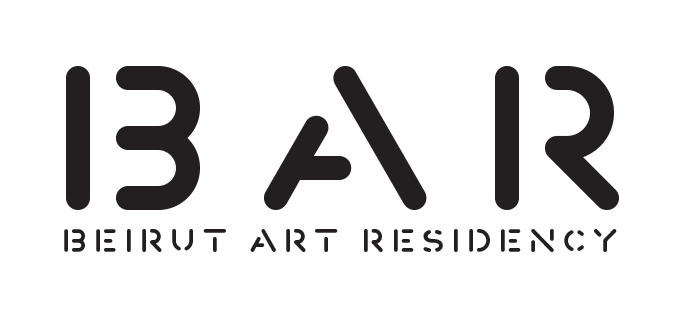The Left Hand of Darkness
Omar Khouri
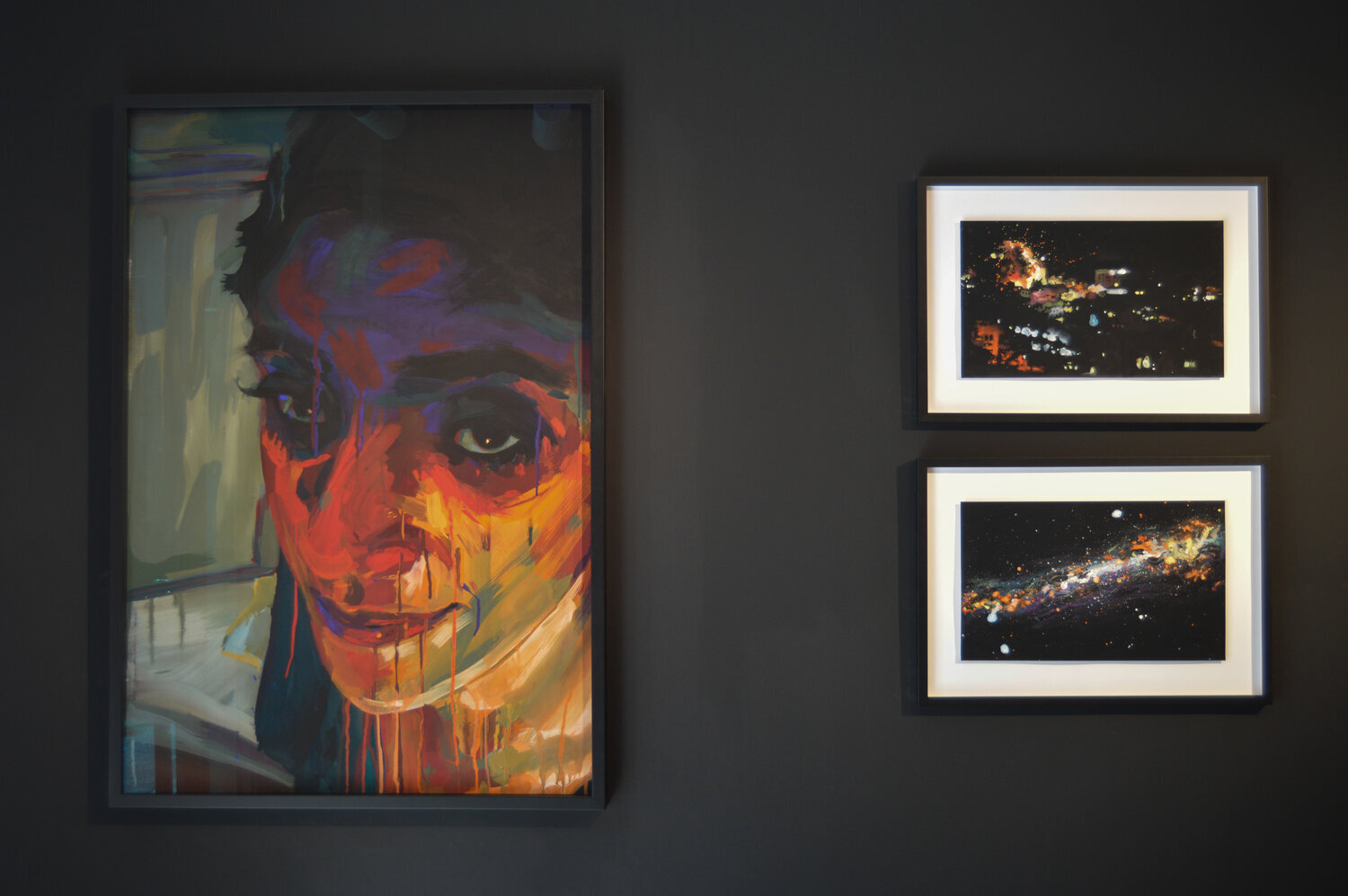
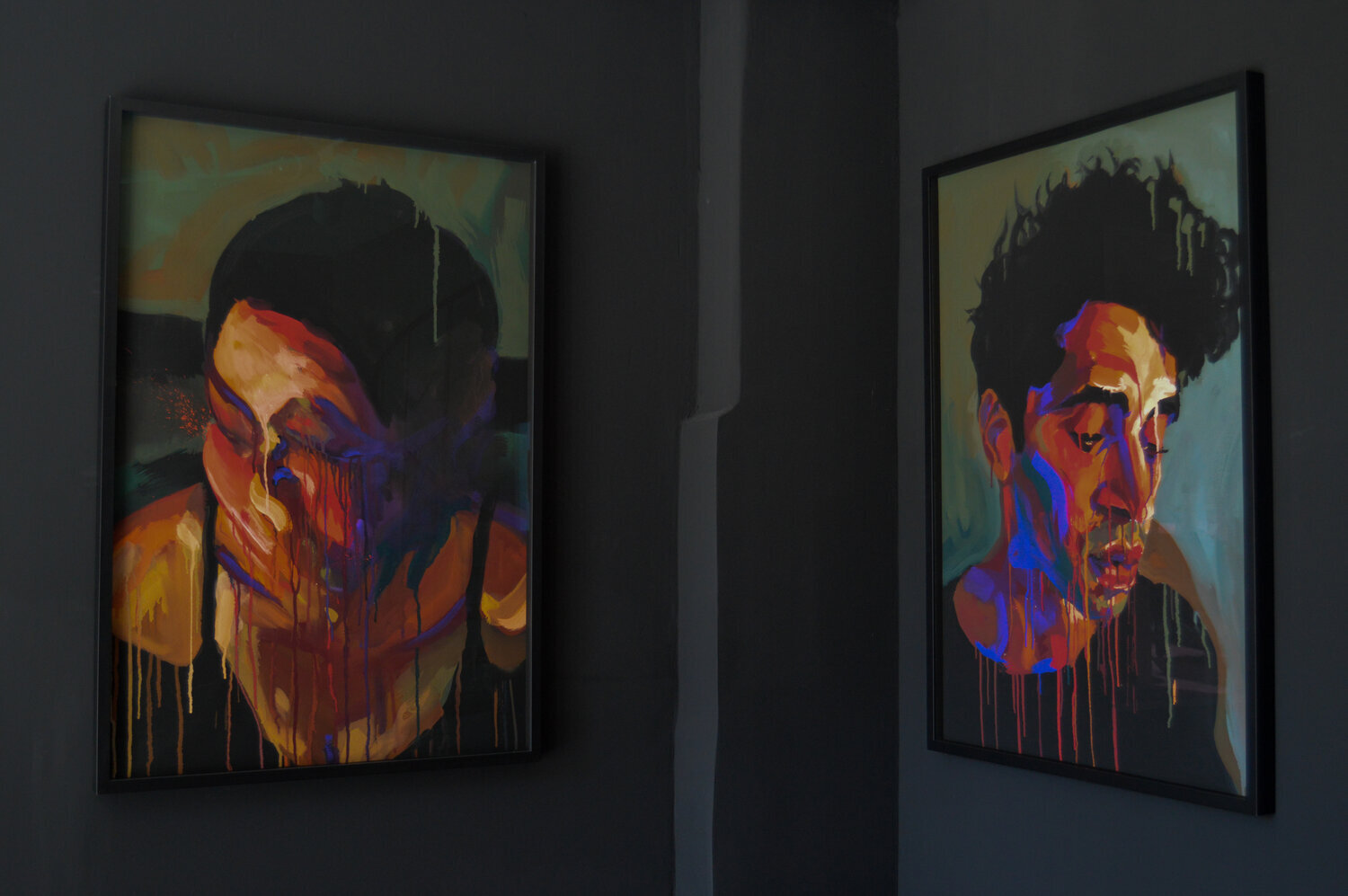
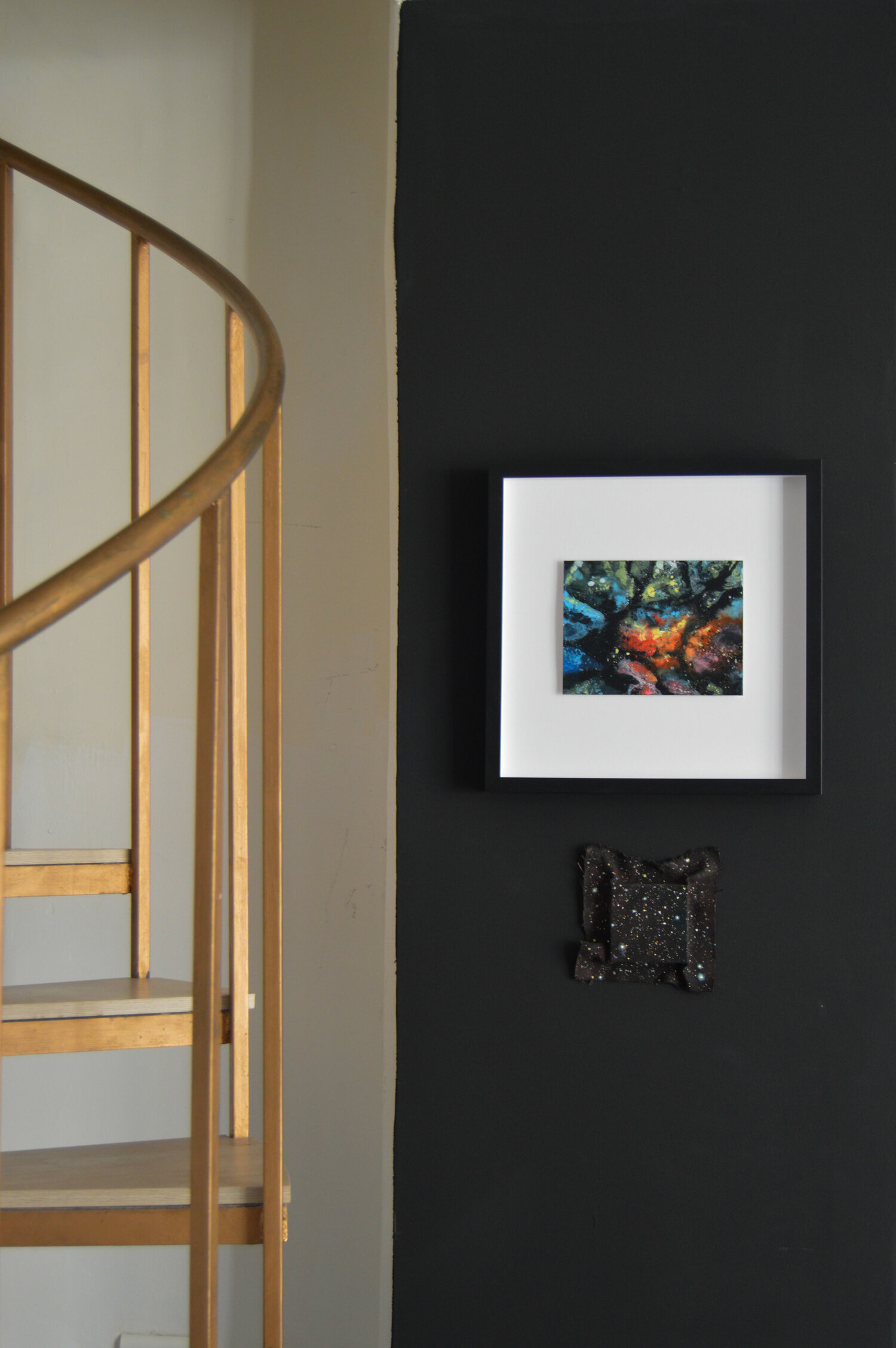
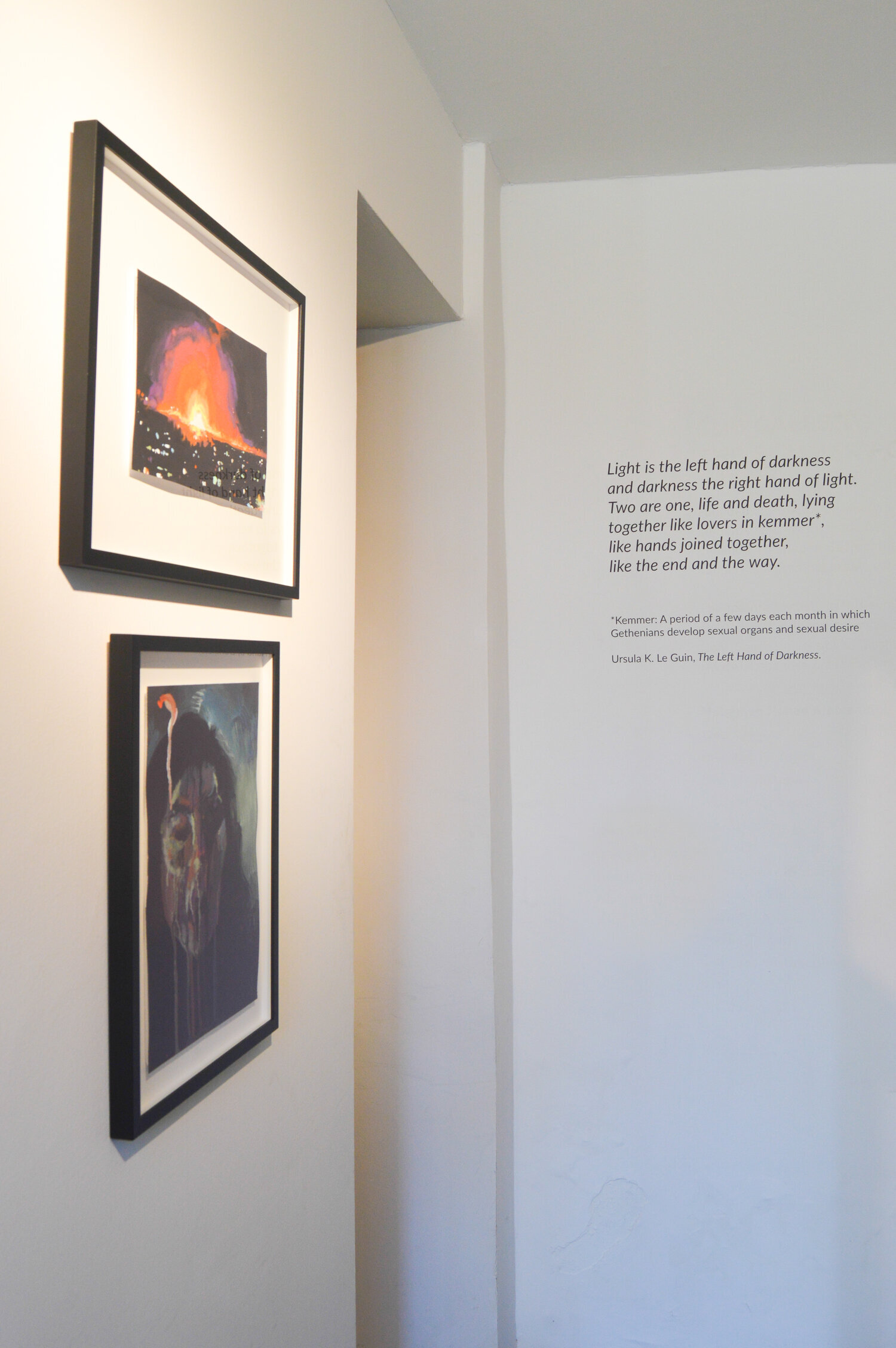
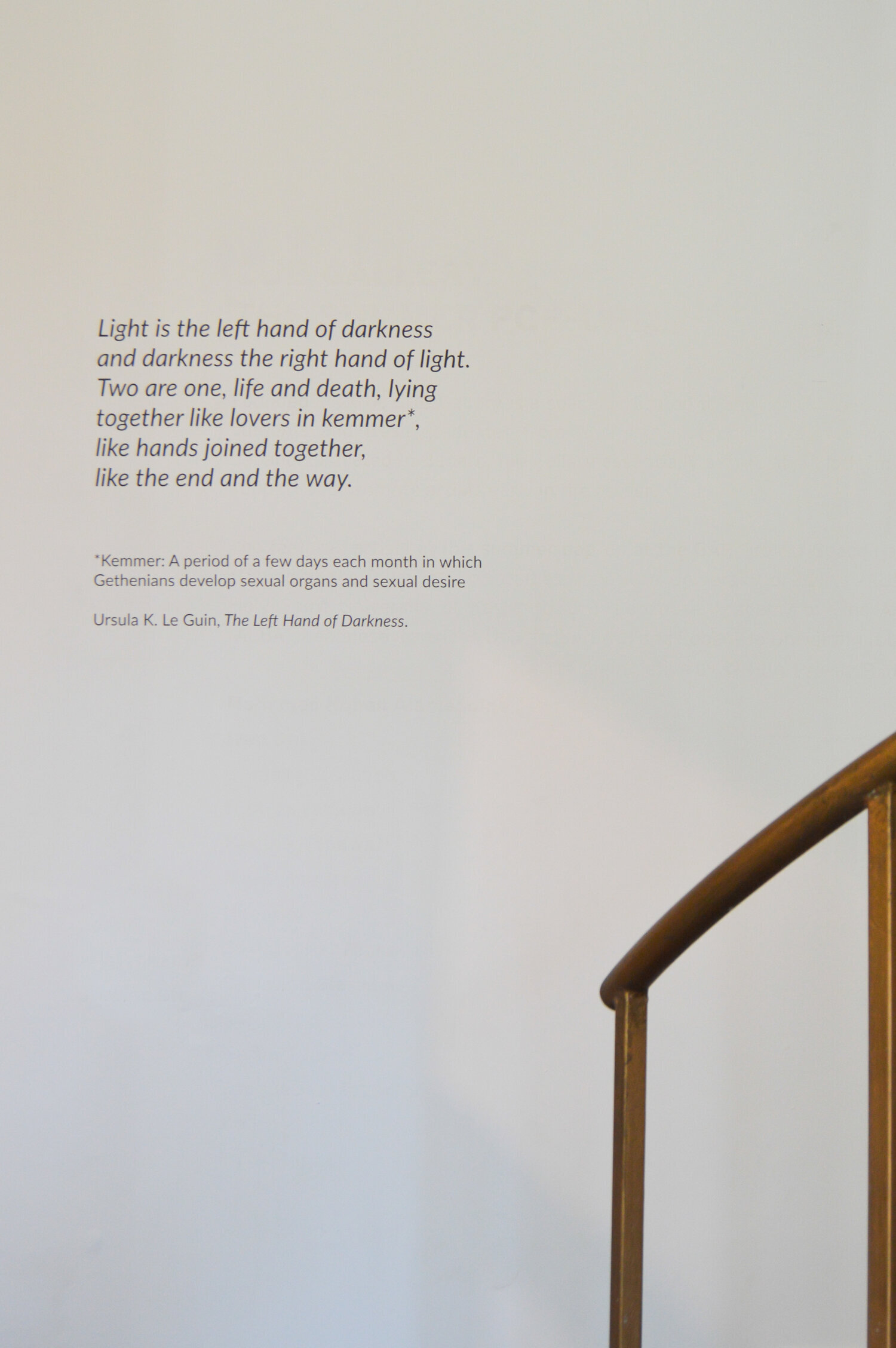
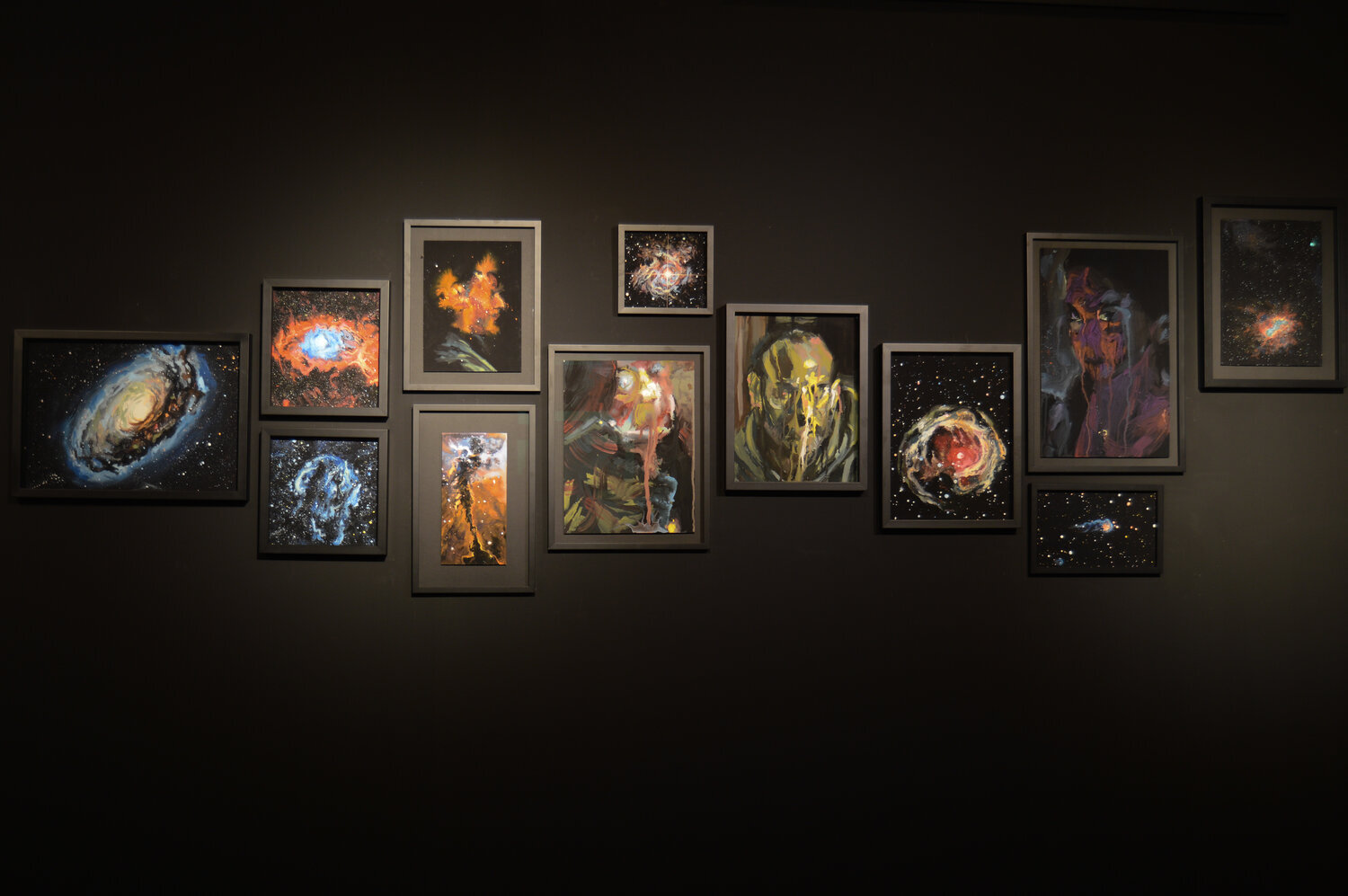
Omar Khouri is an interdisciplinary artist working with painting, comics, and film, amongst other art forms. In 2006, he co-founded Samandal Comics, the first experimental comics collective in the Middle East credited for starting the recent comic book revolution in the Arab world. Omar is the co-writer, concept artist and robot designer, as well as an actor in the 2017 multi-award winning Lebanese Science Fiction film “The Last Days of the Man of Tomorrow” directed by Fadi “the fdz” Baki. Omar’s work has been exhibited and is held in collections around the world including Lebanon, the UK, the US, Japan, and across Europe. Recent shows include ‘Glass’ (2018 - 2019) at the Park Gallery, London, ‘Exhibitionist’ (2018), a site-specific intervention at La Vitrine, Beirut and ‘Face Value: Portraiture’ (2018) a group show at Saleh Barakat Gallery, Beirut. He currently lives and works in North Lebanon.
The Left Hand of Darkness
“Light is the left hand of darkness
and darkness the right hand of light.
Two are one, life and death, lying
together like lovers in kemmer*,
like hands joined together,
like the end and the way.”
*Kemmer: A period of a few days each month in which Gethenians develop sexual organs and sexual desire
Le Guin, U.K., (1969), The Left Hand of Darkness. New York. Ace Science Fiction Books
The exhibition’s name derives from the title of a 1969 science fiction novel by U.S. writer Ursula K. Le Guin. The Left Hand of Darkness was among the first books of its genre, now known as feminist science fiction, exploring the effect of sex and gender on culture and society.
Stemming from this otherworldly narrative, Khouri’s work delves into the unknown depicting endlessly vast sceneries. His deeply black, cosmic works are segmented by blazing lights, representing both the movement and stillness of outer-space. Khouri’s series quickly escalates from the calm to the volatile with his depictions of explosions and collisions over skies of nothingness. The harsh realities portrayed are in fact the night-time bombings exploding above the cityscapes of Gaza, which are not only visually linked to outer-space images, but thematically represent a very extreme case of how far people’s minds, and perspectives can be, so that they need to erase each other.
Khouri’s fascination with space derives from its representation of the endless lonely spaces between one person’s mind and another. Playing with the scale of these unfathomably large spaces between himself and others led him to portraiture, which generally plays an essential role in Khouri’s practice, particularly in showing the ways the artist sees himself in others, trying to “become” them. Significant characteristics and physical features, regardless of their milieu, are vividly depicted in Khouri’s portraits.
Khouri’s multifaceted interplay between his inter-galactic curiosities and abstract portraits intertwine with one another through the complex and fictional relationship between the subject and the universe it exists in, blurring the line between inner self and outer space, internal turmoil and external catastrophe. The end result is an image crossover, becoming curiously detached from any recognisable sense of place or time.
